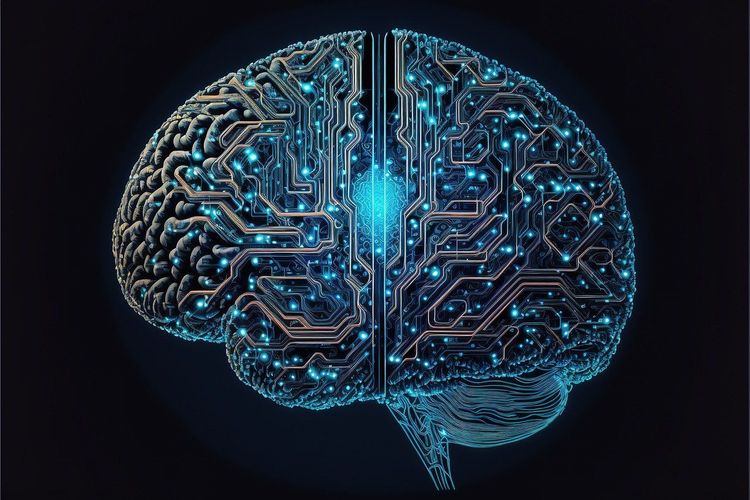Zhang Bo Addresses Key Issues in the AI Industry: The Lack of Theoretical Foundations Behind Models and Algorithms
Most people like

Introducing our cutting-edge AI Marketing Bot, designed to enhance your social media strategy through effortless product integration. This innovative tool streamlines your marketing efforts, allowing you to engage your audience more effectively while automating promotional tasks. Elevate your online presence and drive conversions with our AI-driven solution that simplifies the integration of your products across various social platforms. Discover how our AI Marketing Bot can transform your social media marketing today!

Unlock the Power of AI-Generated Illustrations
Discover the exciting world of AI illustration generation with our innovative platform. Here, creativity meets cutting-edge technology, allowing users to create stunning illustrations effortlessly. Whether you're a professional artist, a designer, or just someone looking to explore your artistic side, our AI-driven tools provide you with endless possibilities to bring your ideas to life. Join us today and transform the way you create visuals!

Introducing an AI-Powered Essay Writing Tool Designed Specifically for Students
In today's fast-paced academic environment, students often face the daunting challenge of crafting well-structured essays while juggling multiple responsibilities. Our innovative AI-powered essay writing tool simplifies this process, offering personalized assistance that enhances writing quality and boosts productivity. Whether you need help brainstorming ideas, structuring content, or refining your final draft, this tool is your ultimate writing companion, empowering you to succeed in your studies. Unlock your full potential with AI-driven support tailored for students!
Find AI tools in YBX




